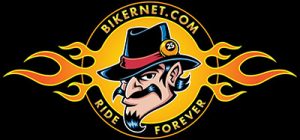World War II Rider Beatrice Shilling, OBE
by Jason Marker from https://www.rideapart.com With a simple, thimble-shaped washer, this pioneering woman gearhead saved the lives of countless RAF pilots in WWII. During the Battle of Britain, the Royal Air Force discovered a glaring problem with its Rolls-Royce Merlin-powered fighters—the Hawker Hurricane and the Supermarine Spitfire. See, that generation of Merlin was fitted with […]
World War II Rider Beatrice Shilling, OBE Read More »
